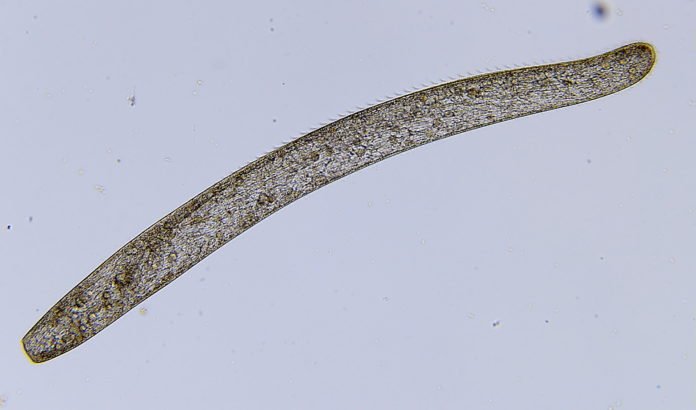Which is the fastest animal in the Earth? Most people will answer Cheetah, falcon or even a sailfish. But Saad Bhamla at Georgia Institute of Technology suggests that Spirostomum ambiguum is the fastest animal that achieves blazing-fast acceleration while contracting its worm-like body.
The Spirostomum makes movement via its tiny hairs called cilia. In any case, its claim to speed includes amazingly quick increasing speed while getting its body when startled. The animal can abbreviate its body by in excess of 60 percent in a couple of milliseconds, going from a four-millimeter level strip to the state of an American football – all without the sort of muscles human utilize.
Bhamla said, “As engineers, we like to look at how nature has handled important challenges. We are always thinking about how to make these tiny things that we see zipping around in nature. If we can understand how they work, maybe the information can cross over to fill the gap for small robots that can move fast with little energy use.”
“Human muscles rely on the activity of actin and myosin proteins, but tiny creatures like this protozoan owe their motion to supramolecular springs, latches, and motors that more often are found in the mechanical world.”
“If they had only the actin and myosin proteins that make up our muscles, they couldn’t generate enough force to actually move that fast. The smaller they are, the faster they go – up to 200 meters per second squared. That’s really off the charts.”
“It has internal organelles, DNA and delicate cytoskeletal components inside. We want to understand how they are not damaged by the rapid compression because the internal pressures must increase rapidly. This may advance our understanding of how truly robust biological materials are under extreme stresses and pressures.”
While studying the world of very small animals the single-celled creatures scientists found in ponds and lakes challenged his expectations for what it means to be unicellular.
Bhamla said, “My early biology training suggested that cells were just simple bags of fluid that didn’t do much but makeup more interesting tissues. The Spirostomum is completely different from the cells we are accustomed to.”
“For instance, we want to know what is the fundamental limit for acceleration in a living cell. We want to map out everything this creature is doing and model it on the computer, taking an engineering approach. We want to learn how a single cell achieves such remarkable acceleration and uses molecular springs to amplify its power output.”
According to scientists, the study could be useful to future generations of tiny robots that won’t be able to utilize the technologies for propulsion and grasping common to much larger machines.
